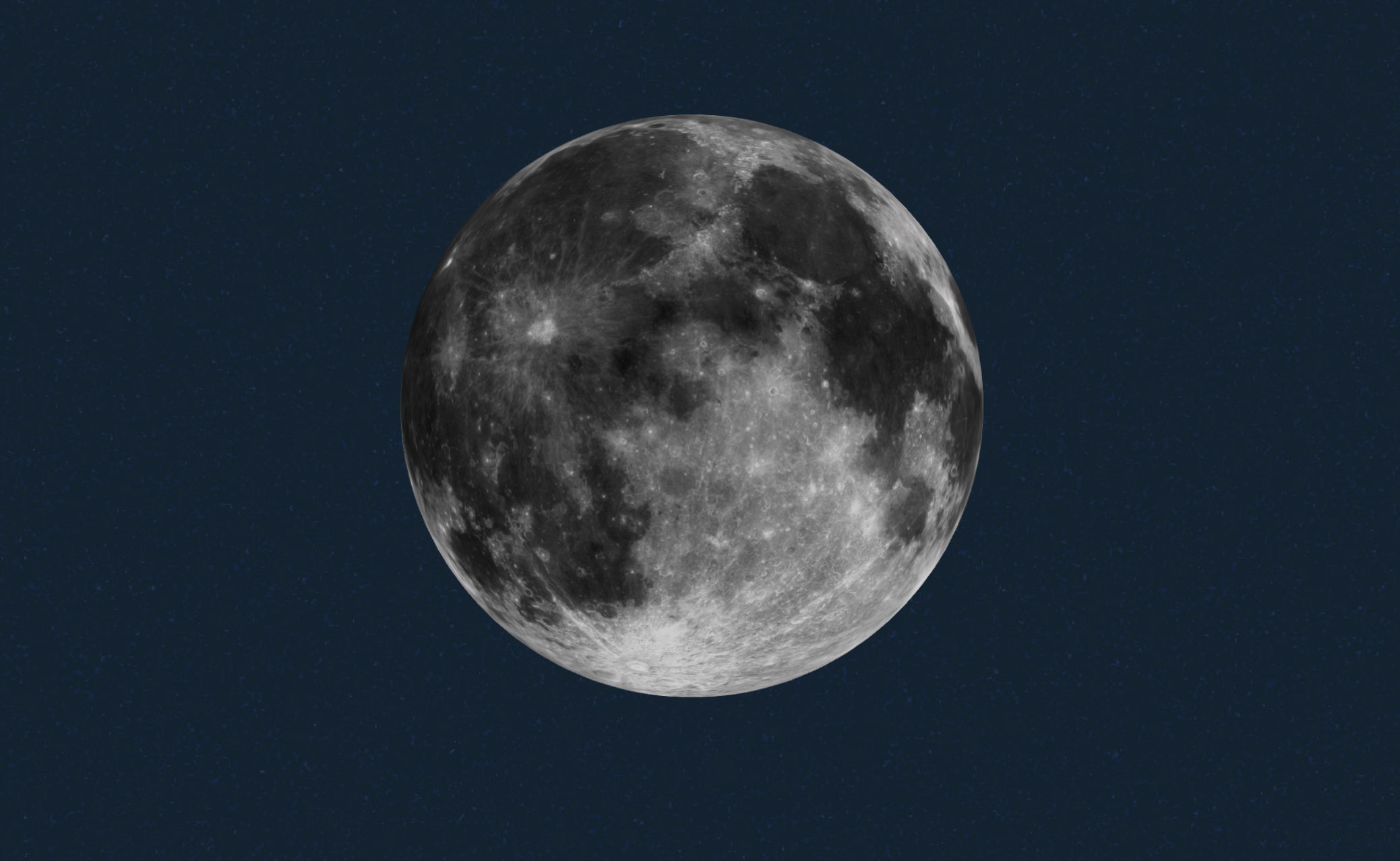We have always known of only one moon orbiting the Earth. But now, as per fresh research from Hungary, it is not the only one.
Hungarian astronomers and physicists have finally concluded the existence of two more Earth-orbiting “moons” entirely made of dust. The team has captured snapshots of the mysterious clouds lurking just 250,000 miles away, roughly the same distance as the moon, as per Monthly Notices of the Royal Astronomical Society.
The presence of these moons has long been the subject of debate and assumption, and it was only in 1961 when these clouds were actually seen by Polish astronomer Kazimierz Kordylewski, who only got a glimpse. They have since been named after him. Kordylewski first searched for these in the 1950s, in the hopes of finding solid-body moons. Instead, he ended up revealing the first hints of dust clouds orbiting Earth.
According to a report published in the National Geographic, the Kordylewski clouds are the most difficult to detect against the light of the galaxy, stars, and the sky glow. The Kordylewski clouds, however, are not as stable as these other dusty features in deep space. The cloud’s particles are continually swapped out, making them simultaneously ever-changing and ancient. The clouds themselves are huge, but the individual particles that comprise them are estimated to measure just a micrometer across. Sunlight reflecting off these particles makes them glow just a little.
The report says this discovery may be one of the most important revelations from the point of view of space navigation safety, and soon there may be a lot more of these revolving clouds of dust, waiting to be discovered.
[Photograph of the “original” moon, representational; picture courtesy: NASA]


Comments are closed.